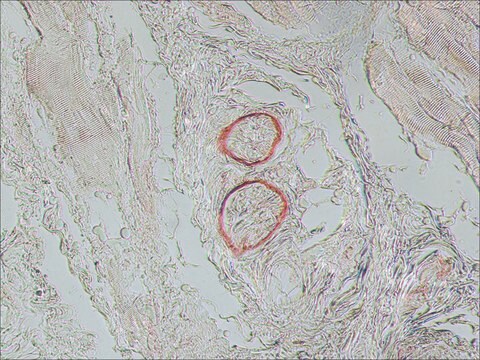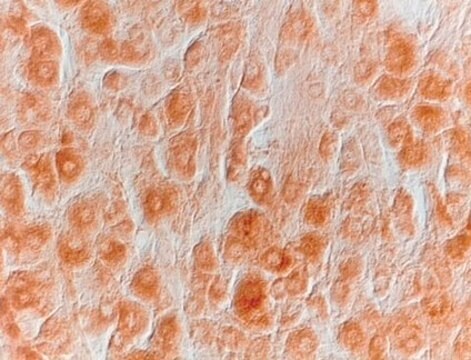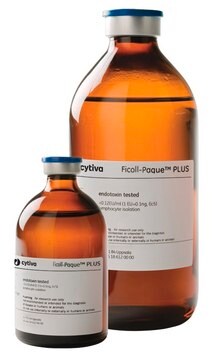MABN2322
Anti-Nerve Growth Factor Antibody, clone α D11
Synonym(s):
NGF;beta-NGF
About This Item
Recommended Products
biological source
rat
Quality Level
conjugate
unconjugated
antibody form
purified antibody
antibody product type
primary antibodies
clone
α D11, monoclonal
mol wt
calculated mol wt 27.088 kDa
purified by
using protein G
species reactivity
chicken, human, mouse
packaging
antibody small pack of 100 μg
technique(s)
ELISA: suitable
isotype
IgG2a
epitope sequence
N-terminal half
Protein ID accession no.
UniProt accession no.
shipped in
dry ice
target post-translational modification
unmodified
Gene Information
mouse ... Ngf(18049)
General description
Specificity
Immunogen
Application
Evaluated by ELISA with recombinant mouse Nerve growth factor.
ELISA Analysis (ELISA): A representative lot of this antibody detected various dilution of recombinant mouse Nerve growth factor.
Tested applications
Surface plasmon resonance: A representative lot detected Nerve Growth Factor in Surface plasmon resonance applications (Covaceuszach, S., et al. (2012). PLoS One. 7(3):e32212).
ELISA Analysis: A representative lot detected Nerve Growth Factor in ELISA applications (Cattaneo, A., et al. (1988). J. Neurochem. 50(4):1003-10; Covaceuszach, S., et al. (2012). PLoS One. 7(3):e32212).
Inhibition Assay: A representative lot competitively inhibited the biological activity of mNGF and prevented the binding of NGF to PC12 cells. (Cattaneo, A., et al. (1988). J. Neurochem. 50(4):1003-10).
Radioimmunoassay: A representative lot detected Nerve growth factor in Radioimmunoassay applications (Cattaneo, A., et al. (1988). J. Neurochem. 50(4):1003-10).
Note: Actual optimal working dilutions must be determined by end user as specimens, and experimental conditions may vary with the end user
Physical form
Storage and Stability
Other Notes
Disclaimer
Not finding the right product?
Try our Product Selector Tool.
Storage Class Code
12 - Non Combustible Liquids
WGK
WGK 2
Flash Point(F)
Not applicable
Flash Point(C)
Not applicable
Certificates of Analysis (COA)
Search for Certificates of Analysis (COA) by entering the products Lot/Batch Number. Lot and Batch Numbers can be found on a product’s label following the words ‘Lot’ or ‘Batch’.
Already Own This Product?
Find documentation for the products that you have recently purchased in the Document Library.
Our team of scientists has experience in all areas of research including Life Science, Material Science, Chemical Synthesis, Chromatography, Analytical and many others.
Contact Technical Service





